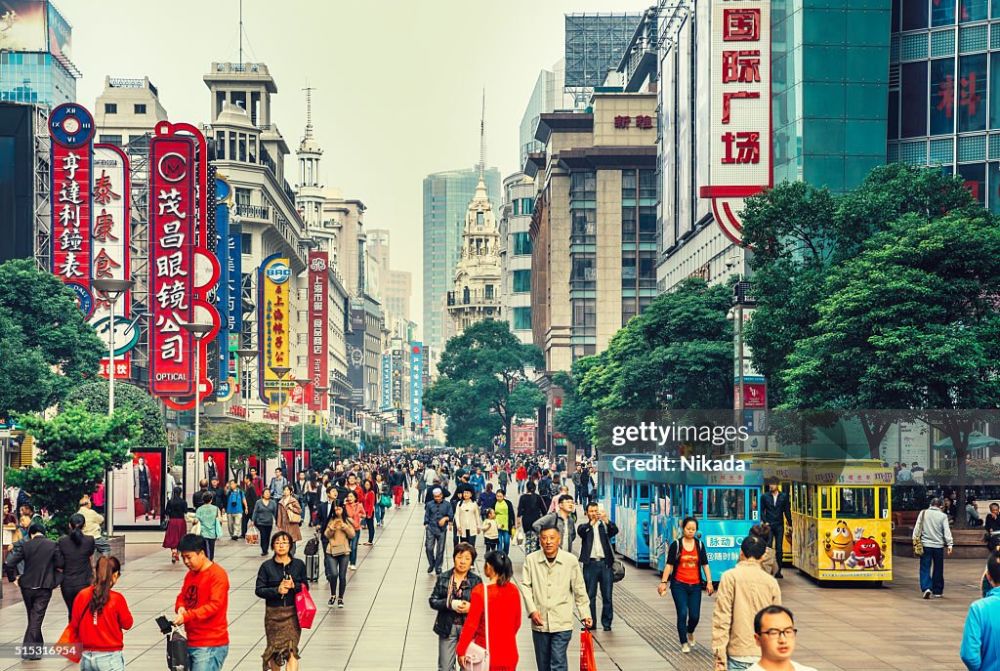

As one of the world's busiest shopping streets, Nanjing Road has been a commercial hub since the late 19th century. Its roots in tourism can be traced back to the Treaty of Nanking in 1842, which opened Shanghai as a treaty port to the west, setting the stage for its transformation into a metropolitan shopping paradise.
Over time, the road - which stretches from The Bund east towards Hongqiao, with Shanghai's center being in the middle - was further developed, seeing an inflow of retailers, theaters, and hotels catering to the tastes of international visitors and locals alike. It stood as a symbol of elegance and chic fashion, especially during the 1920s and 1930s when Shanghai earned the moniker "The Paris of the East."
Today, Nanjing Road is divided into two main sections: Nanjing Road East and Nanjing Road West. The eastern section is a pedestrian boulevard that features a blend of both modern businesses and historic establishments, making it a prime location for tourists seeking to experience Shanghai's vibrant culture.
The western section, known for luxury boutiques and high-end shopping experiences, remains an emblem of Shanghai's cosmopolitan identity. Together, these corridors attract over 1 million visitors daily, with peak seasons seeing an incredible flux of people from all over the globe.
The latest tourism trend in Nanjing Road leverages advanced technology to enhance the visitor experience. Shopping centers and retail stores have started incorporating digital payments, augmented reality, and even the integration of social media platforms to create a seamless and interactive shopping environment for the modern tourist. Additionally, the annual holiday light displays and decorations during festivities such as Chinese New Year and Christmas further cement Nanjing Road as a destination not to be missed.
Nanjing Road is not just a hub for commerce; it is also a site of deep cultural significance. Efforts to preserve its historic buildings, such as the iconic Peace Hotel, reflect a commitment to maintaining the street's architectural heritage, while adapting to the needs of the twenty-first-century visitor. This balance of old and new helps to tell the story of Shanghai, a city steeped in history but always looking forward to the future of urban tourism.